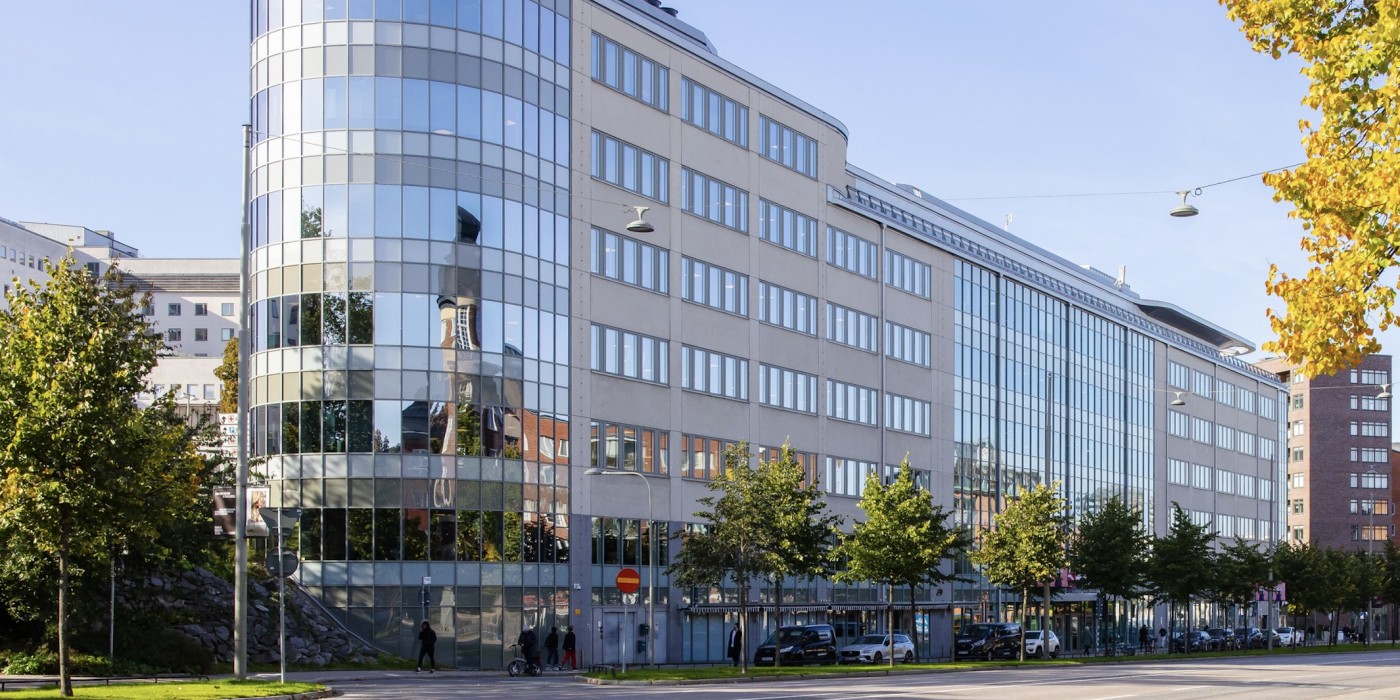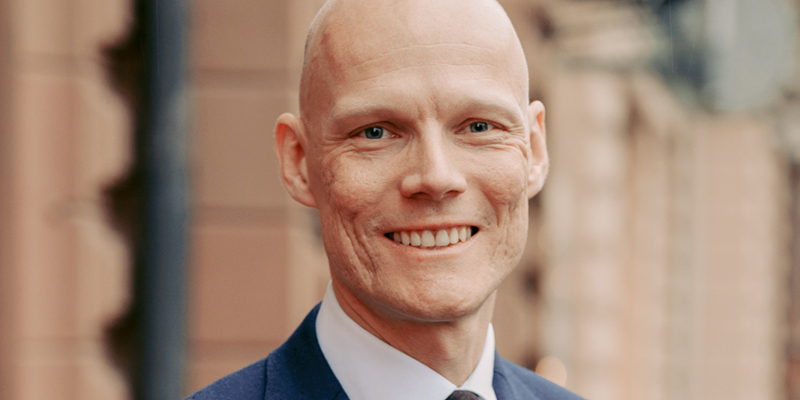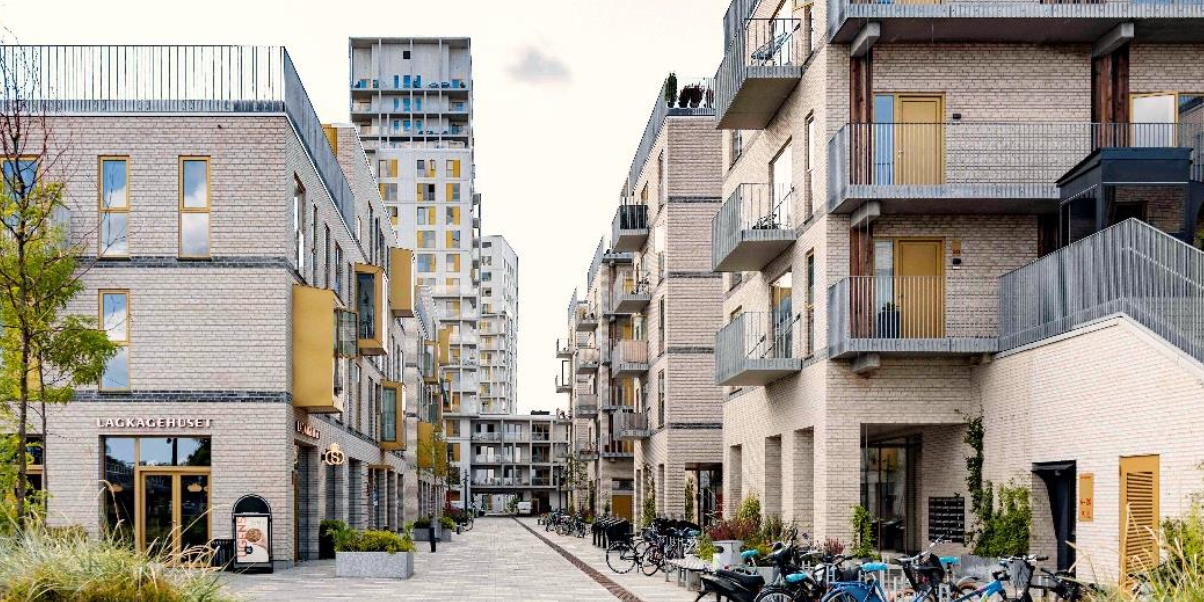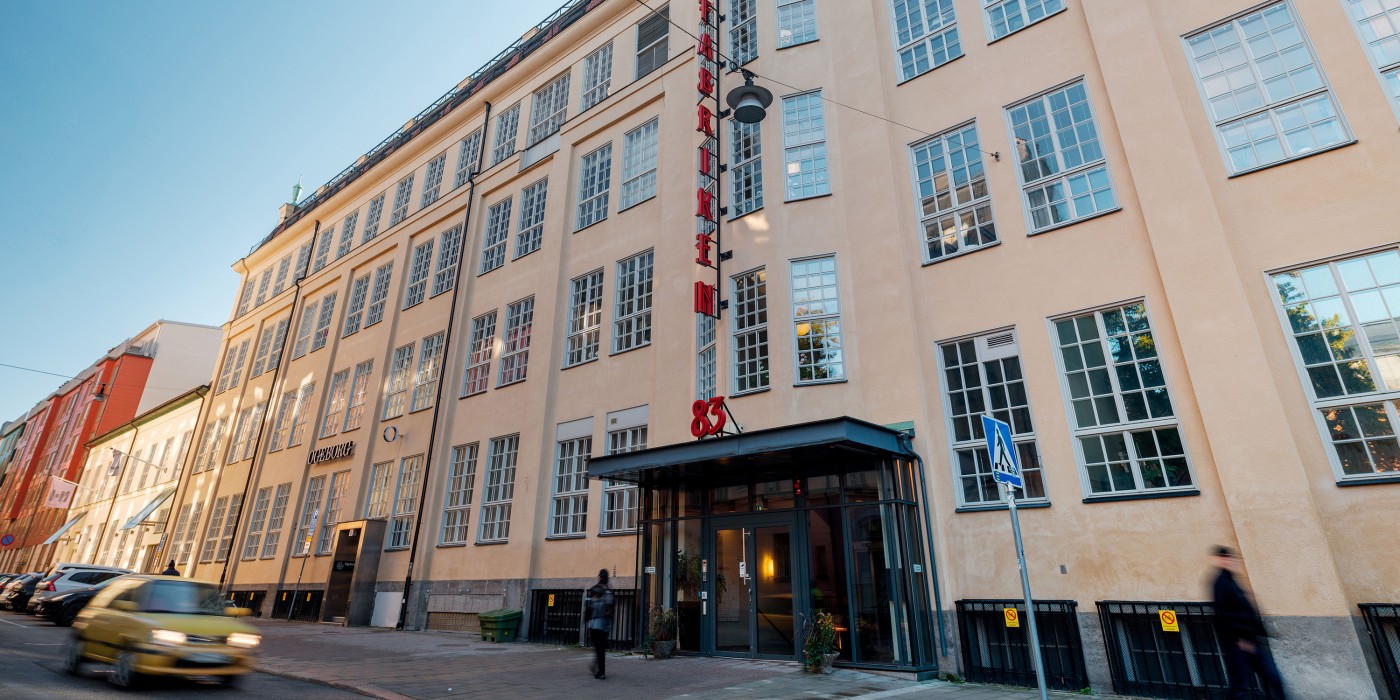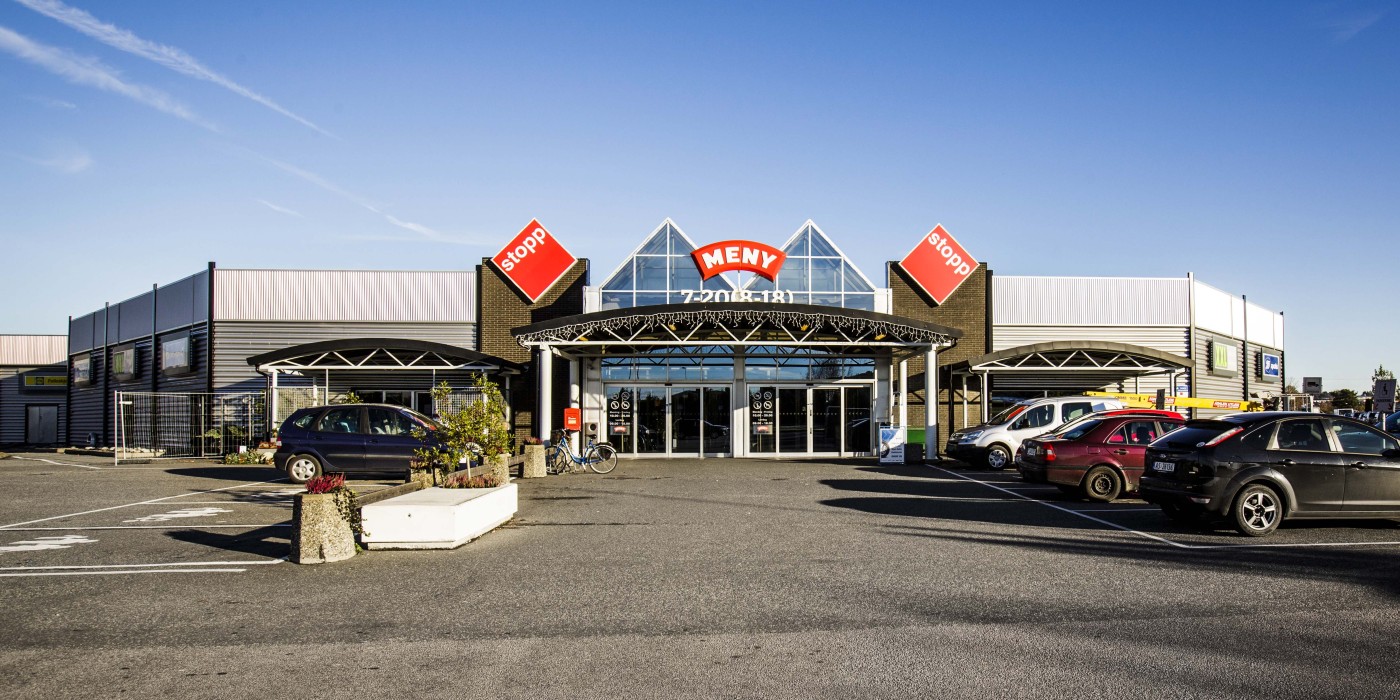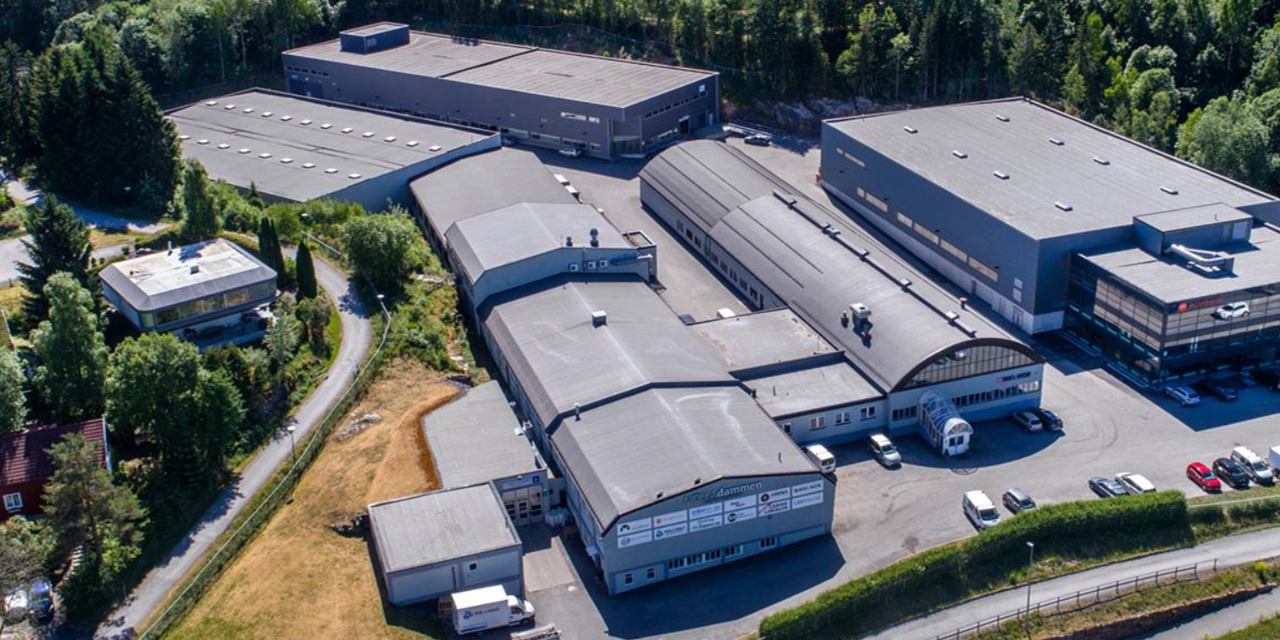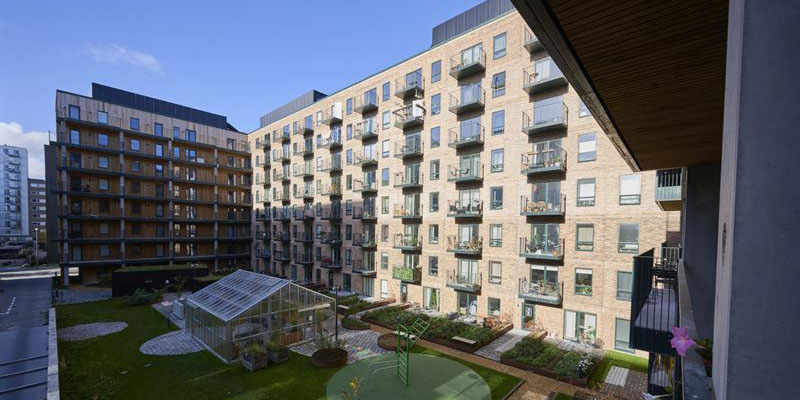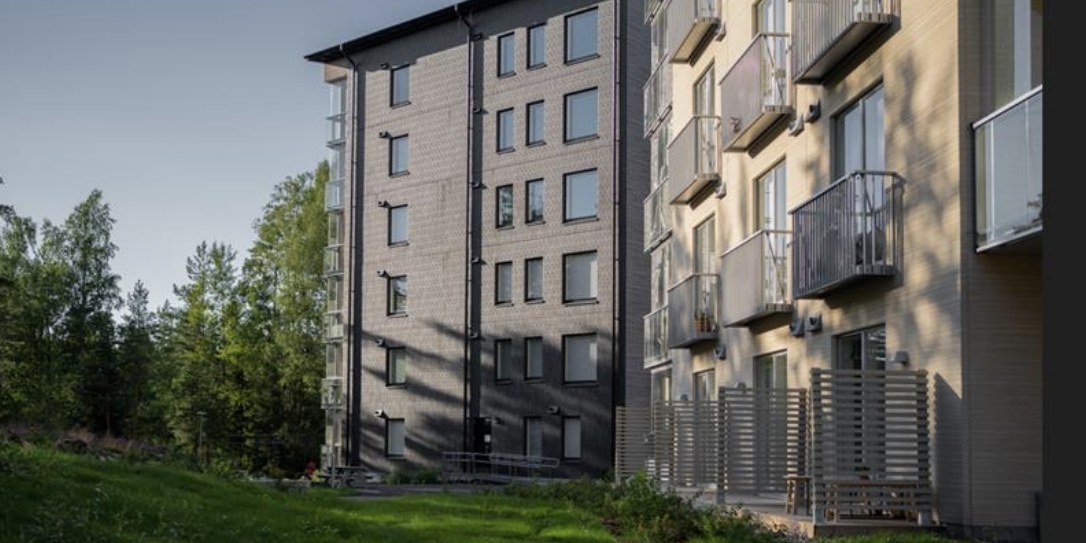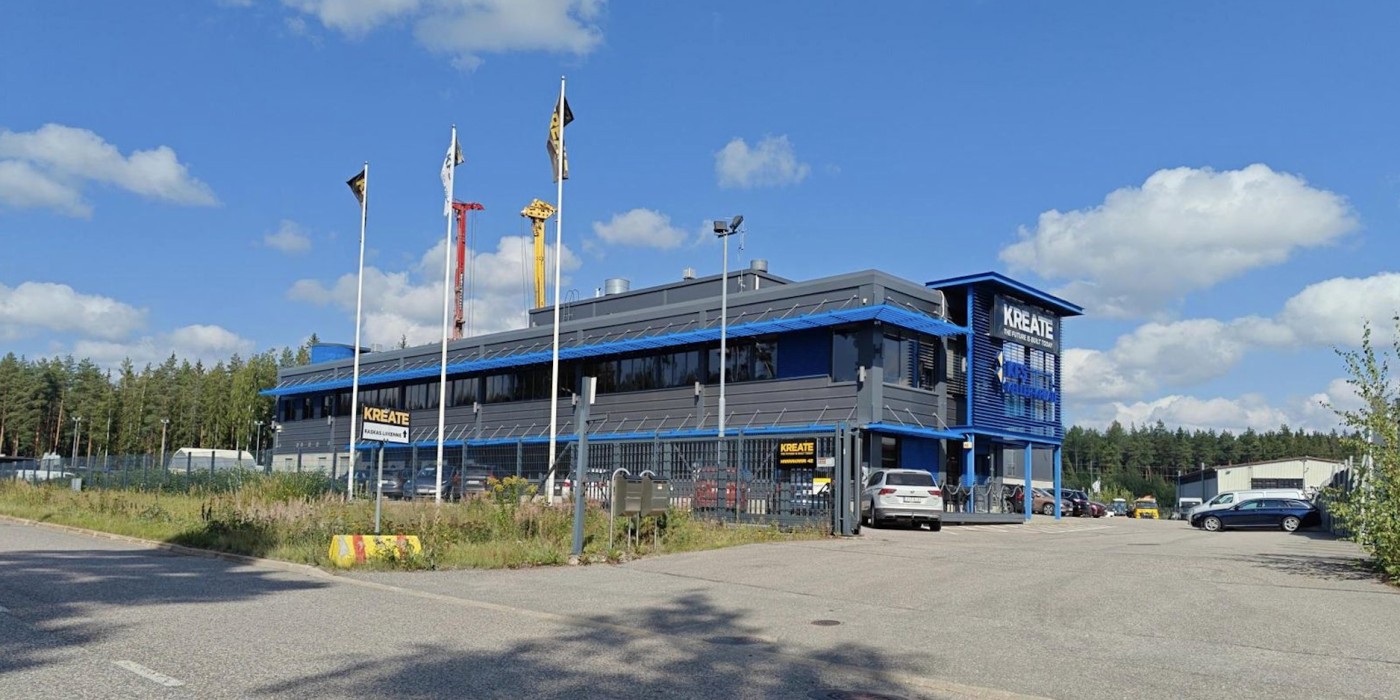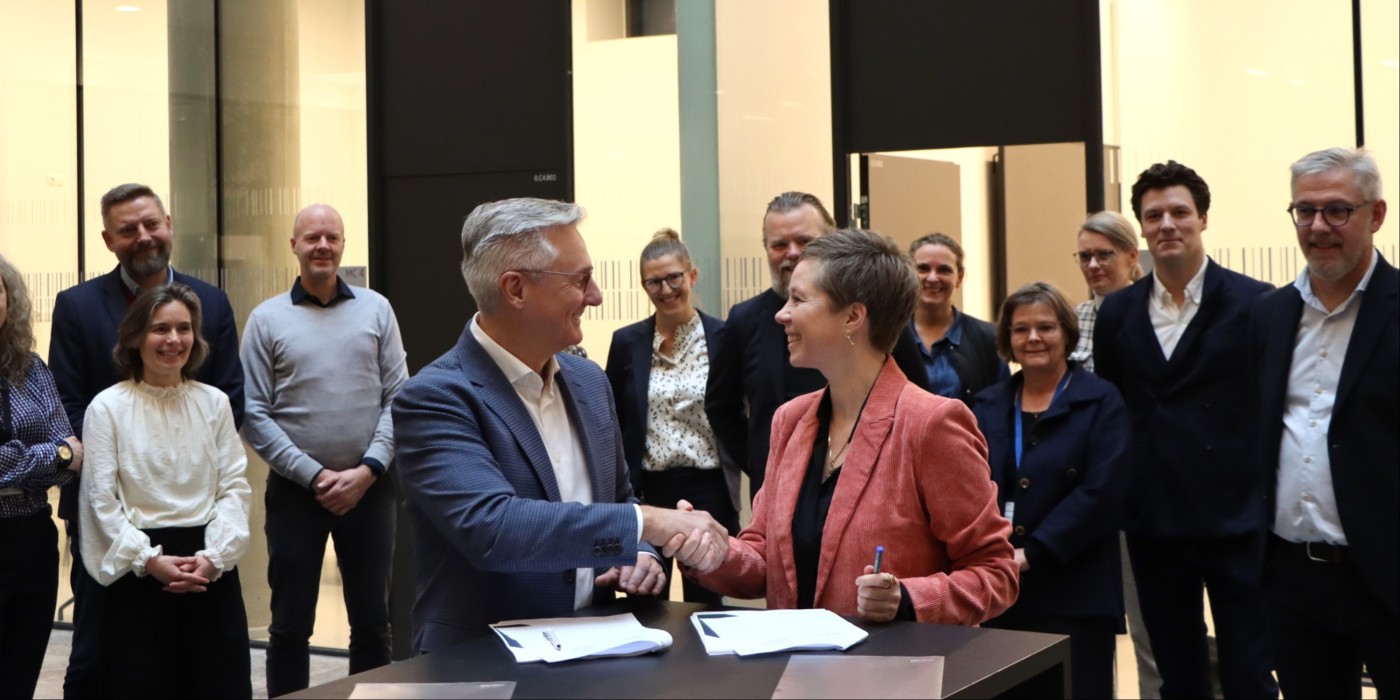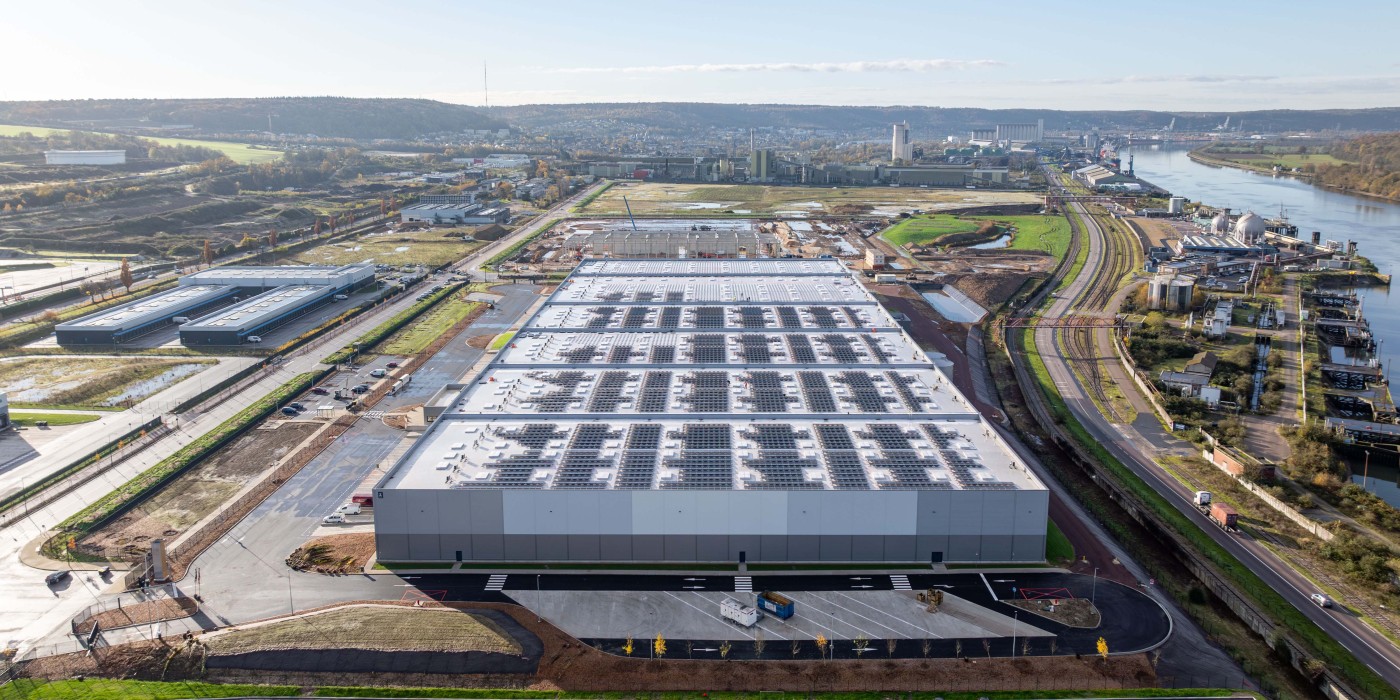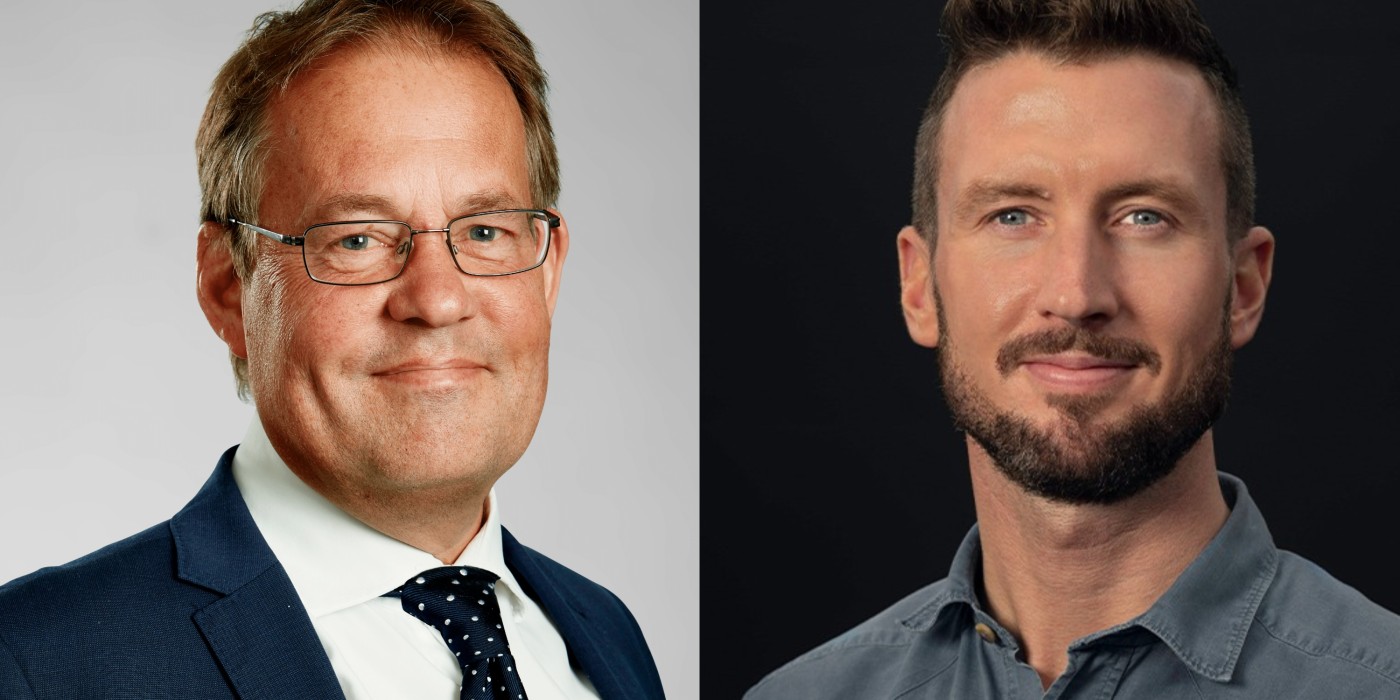“Our study shows that properties today rank as the most attractive asset class among investors, ahead of both shares and corporate bonds. It is a dramatic difference compared to previous years”, says Bård Bjølgerud, CEO at Pangea Property Partners.
The company conducts a comprehensive annual study among the Nordic’s 150 largest institutions and their view on different capital investments and planned investment strategies. In this year’s study a total of 69 percent of institutions wanted to increase their real estate exposure in the next twelve months. It is a significant increase compared to the last study conducted during the fall of 2013. Then 54 percent of the institutions aimed at increasing their property allocation and in 2012 the number was merely 21 percent.
In total the Nordic Institutions plan on purchasing properties at a total of five billion euro during the coming twelve month period.
The institutions’ acquisition plans go hand in hand with expectations of rising property prices. In the next twelve months 63 percent of the polled institutions assess that the prises will rise and only eleven percent believe in decreasing prices. In the fall of 2013 the picture was different and the same amount (38 percent) believed in a rise and fall respectively, on the real estate market.
“This year’s study is unique. Never before has this many institutions planned an increase in real estate exposure and never before has this many expected rising real estate prices”, says Mikael Söderlundh, Analysis Manager at Pangea Property Partners.
Residences, offices and social service properties are assessed as the most attractive sectors. In the last few years the interest in investing in foreign properties has increased as well, according to the study. Europe is currently the most popular market, while the interest in China has cooled down.
“We can also expect large international capital flow among the Nordic countries”, Bård Bjøgerud foretells. “The biggest challenge right now is that there are significantly more buyers than sellers on the market which often leads to widened investment frames.”
Negative Rate Creates Real Estate Rush
Nordic —
Nordic institutions aim to be active buyers on the real estate market in the next twelve months, according to a new study by Pangea Property Partners. The cause of this is the extremely low interest rate levels and the expected rise of real estate prices ahead.<br />
<br />
2015-05-15
Eddie Ekberg
[email protected]


 All Nordics
All Nordics
 Sweden
Sweden
 Denmark
Denmark
 Finland
Finland
 Norway
Norway



